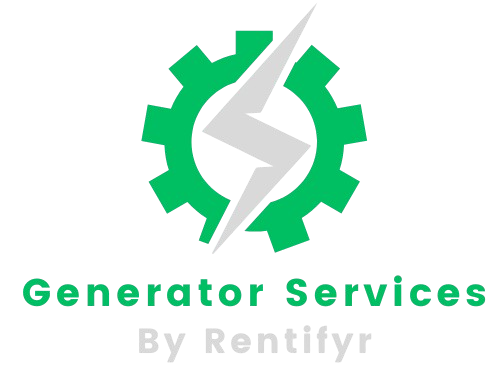Choosing the right size generator is crucial for reliable power supply. Too small, and you risk overload and shutdown. Too large, and you’re wasting fuel and money. This guide will help you find that sweet spot, considering both running and starting wattage needs. If you’re ready to rent a generator, check out our generator rental services page for a range of options to suit your power needs.
Understanding Wattage
Before we dive in, let’s clarify some terms:
- Watts: The basic unit of power.
- Running Watts: The power needed to keep an item running.
- Starting Watts: The extra power needed to start motor-driven appliances.
A generator must handle both your total running watts and the highest starting watts of any single item.
Calculating Your Power Needs
Follow these steps to determine your power requirements:
- List all items you need to power.
- Find the running and starting watts for each. Check labels or manuals.
- Add up all running watts.
- Identify the item with the highest starting watts.
Here’s a simple example:
- Refrigerator: 800 running watts, 2200 starting watts
- TV: 200 running watts
- 5 LED lights: 50 running watts each (250 total)
Total running watts: 1250
Highest starting watts: 2200 (refrigerator)
Common Appliances and Their Wattage Requirements
Here are some typical wattages to help you estimate:
- Refrigerator: 800 running, 2200 starting
- Window AC: 1200 running, 3600 starting
- Sump pump: 800 running, 2400 starting
- Laptop: 200-250 running
- Circular saw: 1400 running, 2300 starting
Remember, these are estimates. Always check your specific appliances.
Sizing Your Generator
To size your generator:
- Add total running watts: 1250 in our example
- Add highest starting watts: 2200
- Add 20% safety margin: (1250 + 2200) x 1.2 = 4140 watts
In this case, you’d need a generator rated for at least 4140 watts.
Types of Generators and Their Capacities
- Portable generators: Usually 3,000-8,000 watts
- Standby generators: 5,000-20,000 watts or more
- Inverter generators: 1,000-4,000 watts
Choose based on your calculated needs and site conditions.
Special Considerations
- Voltage: Ensure the generator matches your needs (usually 120V or 240V).
- Phase: Most homes use single-phase. Some industrial equipment needs three-phase.
- Altitude and temperature: High altitude or extreme temperatures can reduce generator output.
Common Sizing Mistakes to Avoid
- Forgetting about starting watts
- Not planning for future needs
- Ignoring power quality for sensitive electronics
Tools and Resources for Sizing
- Use online wattage calculators for quick estimates.
- Check manufacturer websites for sizing guides.
- For complex needs, consider a professional assessment.
Real-world Examples
- Small home backup (4,000-6,000 watts): Run essentials like fridge, lights, and electronics.
- Construction site (7,000-15,000 watts): Power multiple tools and equipment.
- Outdoor event (3,000-10,000 watts): Run sound systems, lighting, and food service equipment.
Conclusion
Proper generator sizing ensures you have reliable power when you need it. Remember to account for both running and starting watts, and always add a safety margin. If you’re unsure, it’s better to go slightly larger than risk being underpowered.
For more on generator rentals, including fuel considerations and rental agreements, check out our other guides.
FAQs
- Can I use a smaller generator and just not run everything at once?
Yes, but it’s inconvenient and risky. You might accidentally overload the generator. - What happens if I choose a generator that’s too small?
It may shut off due to overload, potentially damaging the generator or your equipment. - Should I always rent the largest generator available just to be safe?
No, oversized generators waste fuel and may not run efficiently. Size appropriately for your needs.
Remember, the right size generator keeps your operations running smoothly without unnecessary costs. Take the time to calculate your needs accurately, and don’t hesitate to ask for professional advice when needed.
